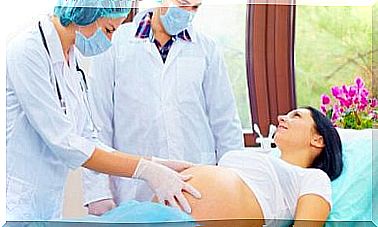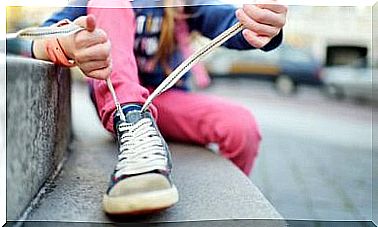How To Use A Breast Pump?
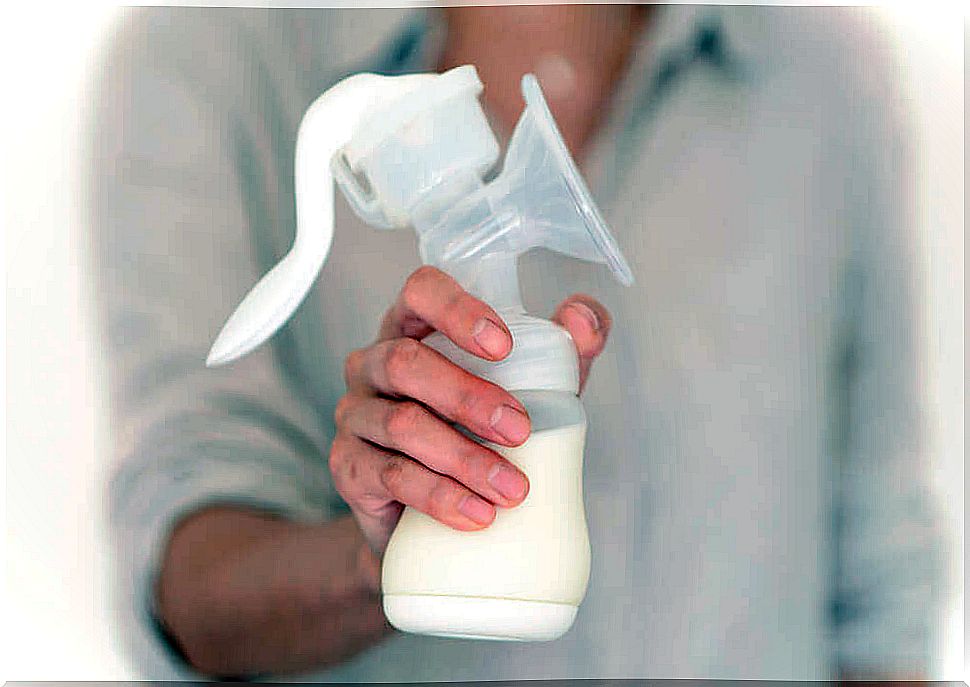
A breast pump is standard in more and more families with children. There are many different reasons for its use, but in general it can be said that a breast pump is used when, for one reason or another, it is necessary to either increase or maintain breast milk production.
Who needs a breast pump?
Bottle feeding for babies is still associated with some prejudice, although it is known today that it does not harm the baby in any way. It is common knowledge that breastfeeding has innumerable benefits for both the baby and the mother, but the baby will do well even without breastfeeding. The most important thing is that the baby gets enough nutritious breast milk or a substitute to eat.
Not all new mothers find it necessary to use a breast pump, but for many it is an important tool. Common reasons for using a breast pump include excessive or too little milk production, longer periods of separation from the baby, and nipple tenderness. It’s good to remember that the more babies are breastfed or milk pumped, the more milk the mother’s body produces. Therefore, a breast pump is a good help in situations where you have to try to increase your breast milk production.
How to use a breast pump?
There are electric, battery and manual breast pumps for milk collection, all of which fulfill their function well. The differences are mainly in the milk collection rate and suction power. Efficient pumps cause a less uncomfortable feeling for the nipples.
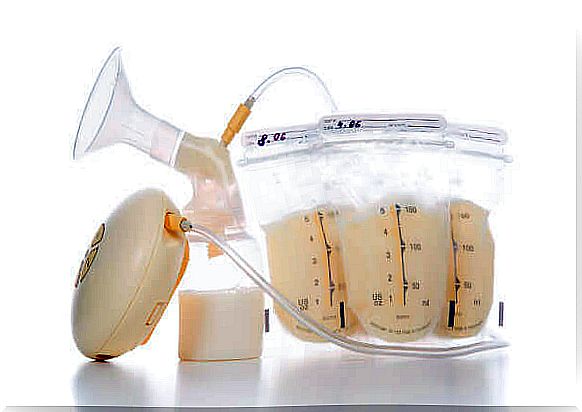
As for the timing of pump use, experts say the best time to pump milk is an hour after breastfeeding. If the mother knows exactly how much milk the baby is drinking, she can use the pump at the same time as breastfeeding. Using a breast pump takes about the same amount of time as breastfeeding your baby, i.e. about 10-15 minutes. The pump can be used as often as it feels necessary to build up a good supply of milk.
Contrary to popular belief, the breast pump does not actually suck milk from the breast, but its function is to initiate milk production by stimulating the breast and stimulating the so-called wheezing reflex. At first glance, pumping may seem difficult and inconvenient, but you will quickly learn to use the pump.
In addition to patience, keep the following in mind:
- Strive to perform milk pumping in a calm and quiet environment. In general, the more relaxed a woman is, the easier it is to pump milk.
- Gently rubbing the breasts before starting to pump often helps with the pumping itself.
- The baby stimulates milk production, so keep the baby close to you at the time of pumping, or at least keep a picture of the baby or an object belonging to him or her on hand.
- Be careful not to harm yourself – even in situations where the result is not desired. Pumping milk should not cause pain. The uncomfortable feeling is probably due to the fact that you are not using the device properly.
Washing the breast pump and storing breast milk
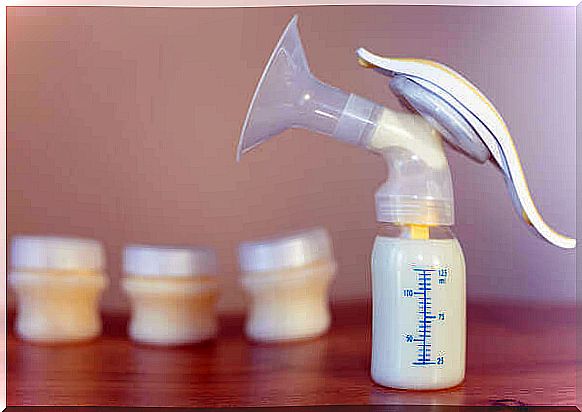
Even if the breast pump is not in contact with the baby, it must be thoroughly cleaned so that it is safe for the mother to use and the milk is safe for the baby to drink. Before starting to pump milk, it is important to wash your hands thoroughly and sterilize all parts of the breast pump.
Experts advise using sterilized glass jars with airtight lids to store breast milk. If plastic containers or storage bags are to be used, care must be taken to ensure that they are officially approved for food storage and have passed the leakage tests. A practical tip is to store in one container the amount of milk that your baby will drink at one time.
Breast milk is stored at room temperature and in a cool place for about six hours, refrigerated for 24 hours and frozen for more than three weeks. No matter how long the milk is preserved, its smell, color and taste should always be checked before offering it to the baby. For added security, it is wise to mark the date and time of storage on the containers.
